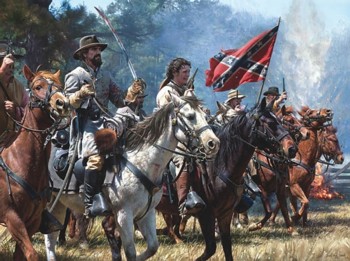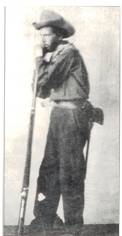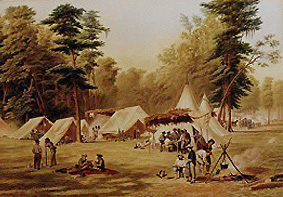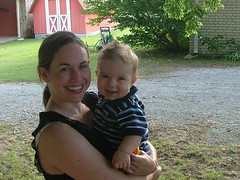When I look at the Presidential candidates, I am quite discouraged. None of them appear to be the kind of leader America needs. I do know of some who would be up to the task, but they wouldn’t have a chance of gathering enough support in our present fixed, two-party, oligarchical system. Perhaps in the big picture, it doesn’t matter which one is elected, for the mess we have will likely only get messier. As far as past presidents, I think we could learn a great deal by studying their lives, writings, and philosophies. For Lincoln, I would particularly recommend reading The Real Lincoln: A New Look at Abraham Lincoln, His Agenda, and an Unnecessary War by Thomas J. Dilorenzo. This book will deconstruct the many myths of the sanitized and Saint Lincoln that the revisionist historians and biographers have created.
If you would like to consider politics from a Southern and conservative point of view, I would encourage you to listen to Dixie Broadcasting for this online program. I promise you, it will make you think:
The best-selling book, The South Was Right! by the Kennedy Brothers will be presented all this week on DixieBroadcasting!
Over 100,000 copies of this book have been sold in hardback over the last 10 years… now it’s also available on cassette tape from Pelican Publishing.
Listen to the different chapters of this book all this week during the “Dixie Dynamite” show at 7am & 7pm Eastern, Monday – Saturday
Here is the link: http://dixiebroadcasting.com/
Vocabulary
One area a writer should always strive to develop is that of vocabulary. I’ve learned some new words I wanted to share with you.
At the Kimball Art Museum, I learned these:
Ewer – a pitcher. In a religious context, of course these would hold holy water, wine (for communion) or perhaps oil.
Reliquary: A small container that would hold relics of saints.
A Thought for Black History Month. Here is a marker about a famous man of color in Texas during the Civil War:
Marker Title: Primus Kelly
City: Navasota
County: Grimes
Year Marker Erected: 1965
Marker Location: From Navasota take SH 6 S approx. 12 mi. to roadside park.
Marker Text: A faithful Negro slave. Came to nearby Courtney, Grimes County in 1851 with his master, John W. S. West from North Carolina. West was a prominent and wealthy pioneer planter and landowner. At the outbreak of the Civil War, West sent Kelly “to take care” of his three sons– Robert M., Richard and John Haywood– who joined the famous Terry’s Texas Rangers, where they served with distinction. Kelly was not content “to wait on” his charges but joined them in battle, firing his own musket and cap and ball pistol. Twice Kelly brought to Texas the wounded Richard, twice took him to the front again. After war, bought a small farm near “Marse Robert”, raised a large family and prospered. Died in 1890s. The courage and loyalty of Kelly was typical of most Texas Negro slaves. Hundreds “went to war” with their masters. Many operated the farms and ranches of soldiers away at war, producing food, livestock, cotton and clothing for the Confederacy. Others, did outside work to support their master’s families. They protected homes from Indians, bandits and deserters and did community guard and patrol duty. At war’s end, most slaves, like Primus Kelly, became useful and productive citizens of Texas.




